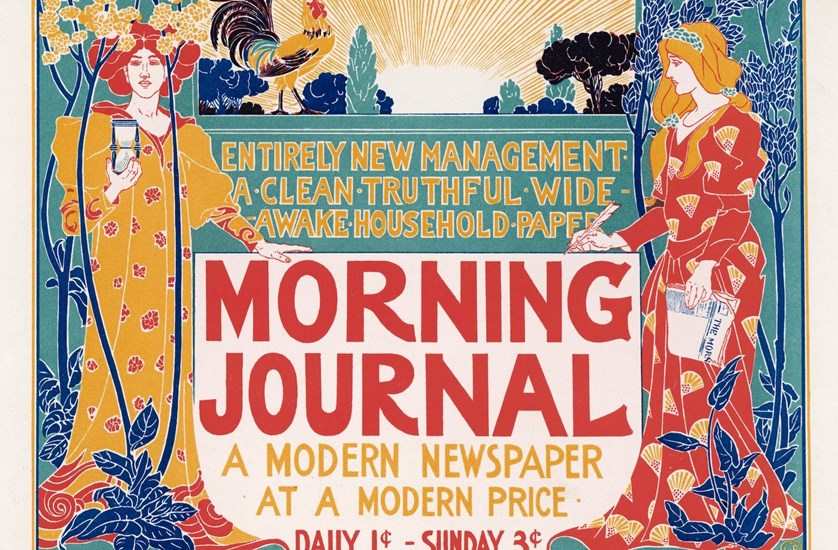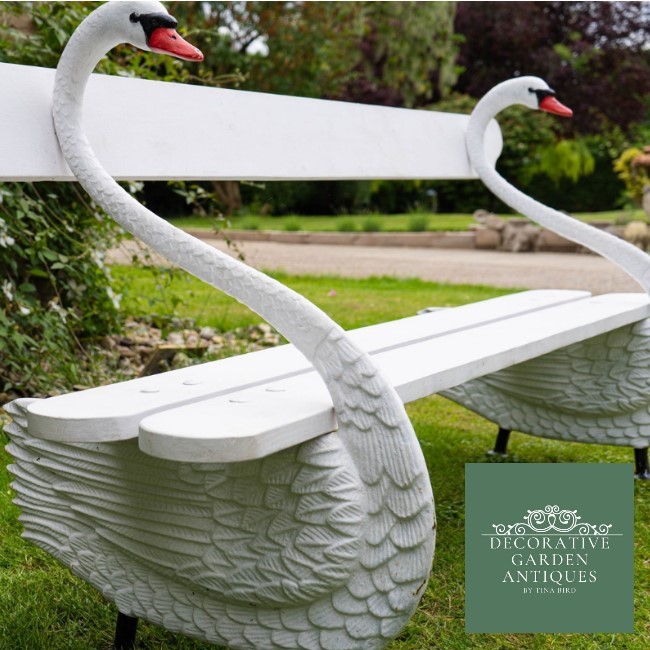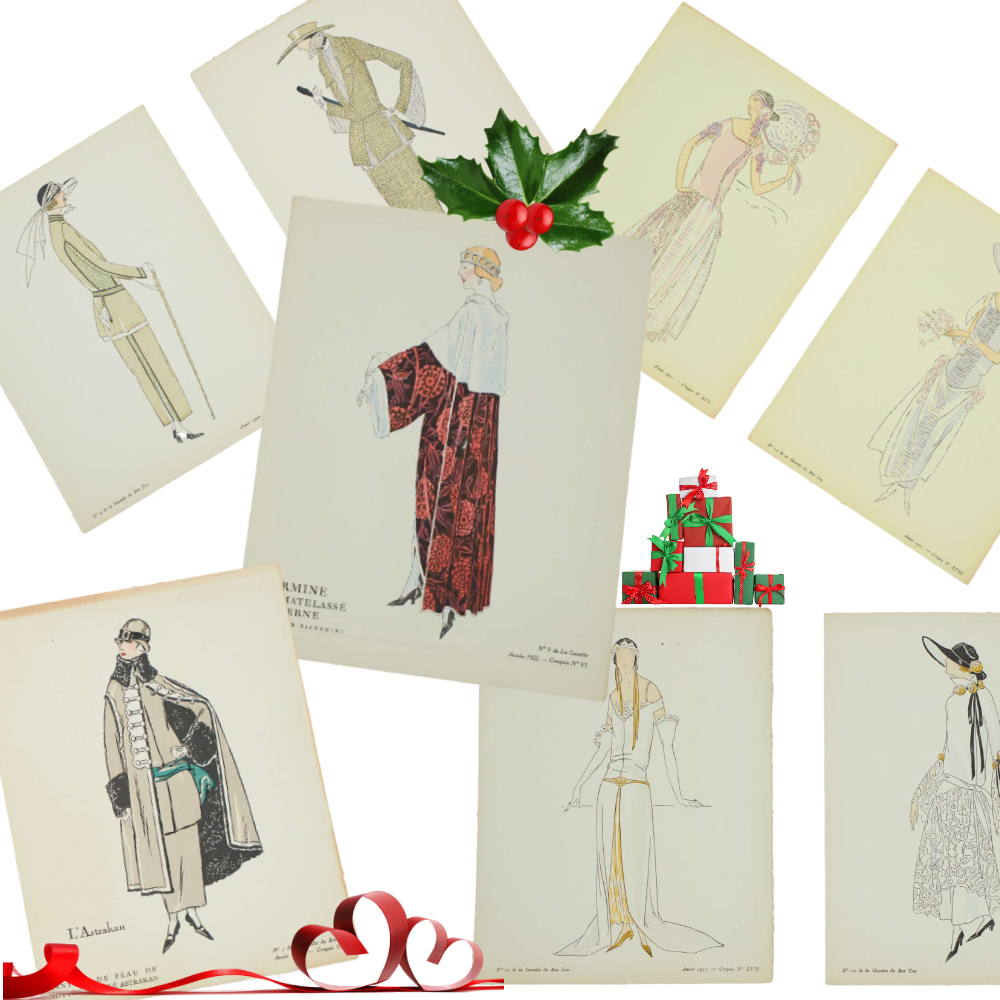
Art Deco and Art Nouveau are often used to mean the same thing, but though they have some similarities, they refer to entirely different periods in art history.
Both can be credited with breaking down traditional barriers between fine art, architecture, and graphic design. Their influence spans decades and continues into the 21st century, a testament to their enduring popularity.
Using a famous example from each period, we’ll examine the differences and similarities between Art Nouveau and Art Deco.
What is Art Nouveau?
Art Nouveau, or ‘new art’, emerged in the latter part of the 19th century, coinciding with the rise of mass production and industrialisation. This new art marked the start of a wave of developments in art that aimed to break down the barriers between fine art and decorative art.
Although Art Nouveau capitalised on the appetite for change and advancement at the time, it was largely influenced by nature, not technology. Its central motif was the sinuous lines and flowing shapes of organic matter. Insect wings, vines, exotic flowers, birds, and flowing water were all recurring themes in Art Nouveau.
La Dame aux Camelias by Aubrey Beardsley
Aubrey Beardsley's La Dame aux Camelias, 1894, is an iconic portrayal of the female within Art Nouveau. Pictured in self-contemplation at her dressing table, the woman is concealed inside a large, flowing overcoat. The curving lines, muted colours, and repeated patterns are typical of Art Nouveau.
Beardsley’s work highlights the decorative qualities of Art Nouveau and engages with themes of femininity and decadence.
What is Art Deco?
Art Deco took its name from the International Exhibition of Modern Decorative and Industrial Arts in Paris (1925). It benefited from the excitement and change that abounded in the 1920s (just as Art Nouveau had done in the 1890s).
Inspired by the rise in technological advancements, Art Deco was heavily influenced by other Avant-Garde movements, such as Cubism and Futurism. Geometric shapes, sleek lines, and sharp angles dominated the style.
Iconic Art Deco furniture features mirrors, black lacquer, polished metals, and glass. This is also reflected in the hotel lobby and cinema entrances, which were heavily influenced by the Art Deco style in the 20s.
New York’s Chrysler Building, William Van Alen
Van Alen completed the Chrysler Building in 1930 when the sharp angles of Art Deco had smoothed out to take on a softer look. The Chrysler Building's tapered effect and curved lines are typical of this later period in Art Deco. The polished metal and stylised sunburst motifs are also hallmarks of this period.
Art Deco vs Art Nouveau
Art Deco and Art Nouveau embraced the spirit of societal progress and optimism for the future in the late 19th and early 20th centuries. They laid the foundation for subsequent avant-garde movements, which further explored the close relationship between fine art, craftsmanship, and architecture.
Today’s designers and artists still borrow elements from both periods, contributing to the enduring popularity of Art Nouveau and Art Deco.






